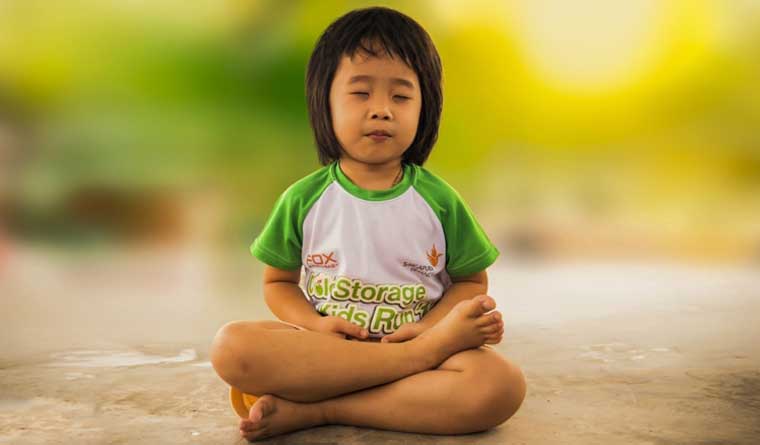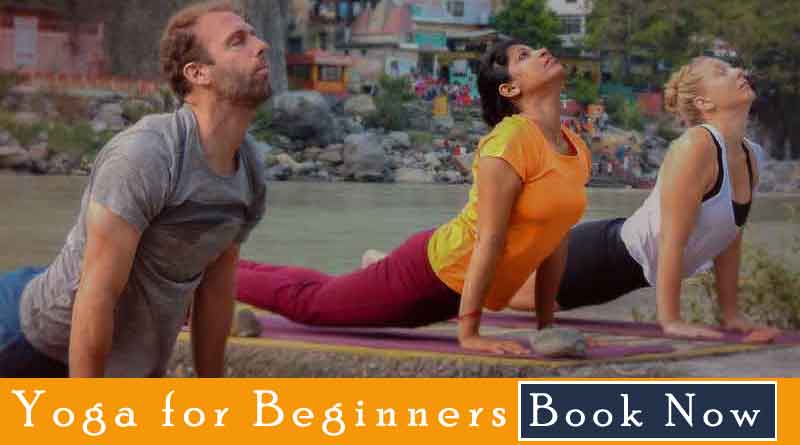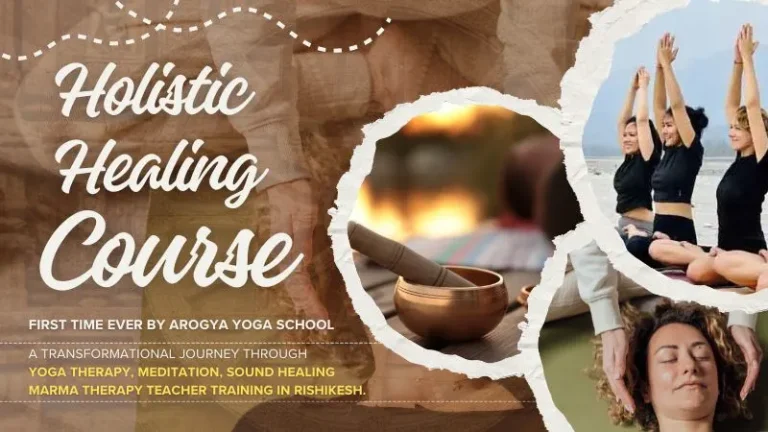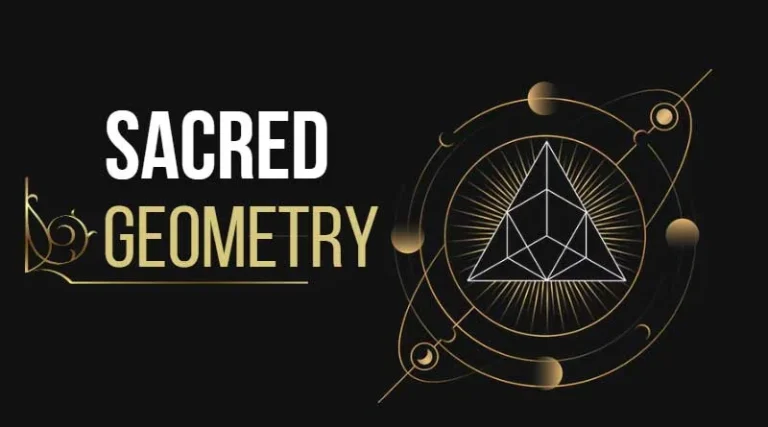
Pranayama
Part Two is devoted mainly to pranayama and its techniques. Pranayama means prana vrtti nirodha or restraint of the breath, which is by nature unsteady. According to Svatmarama, “When the breath wanders the mind is unsteady. But when the breath is calmed, the mind too will be still. Pranayama flushes away the toxins and rectifies disturbances of the humours, wind (vata), bile (pitta) and phlegm (kapha).
FOREWORD by B K S Iyengar 5
All the yoga texts, including Patanjali’s, are emphatic in their view that one must gain perfection in asanas before practising pranayama. This point is overlooked today, and many people think that any comfortable sitting asana is good enough for pranayama practice, and that pranayama may be safely
practised without the foundation of asana. Svatmarama cautions: “By the faulty practice of pranayama the yogi invites all kinds of ailments.”
Asanas, important though they arefor the health and balance of the body, have a deeper purpose: to iffuse the consciousness uniformly throughout the body, so that duality between senses, nerves, cells, mind, intelligence and consciousness are eradicated, and the whole being is in harmony. When the nervous, circulatory, respiratory, digestive, endocrine and genito−excretory systems are cleansed through asanas, prana moves unobstructed to the remotest cells and feeds them with a copious supply of energy. Thus rejuvenated and revitalised, the body−−the instrument of the Self−−moves towards the goal of Self−realisation.
Prana
Prana is an auto−energising force. The inbreath fans and fuses the two opposing elements ofnature−−fire and water−so that a new, bioelectrical energy, called prana, is produced. Prana neutralises the fluctuations of the mind and acts as a spring−board towards emancipation. Pranayama stores prana in the seven energy chambers, or chakras, of the spine, so it can be discharged as and when necessary to deal with the upheavals of life. Patan)ali states that “mastery in pranayama removes the veil that covers the lamp of intelligence and heralds the dawn of wisdom.”
Svatmarama explains various types of pranayamas and their effects, but cautions that just as a trainer of lions, tigers or elephants studies their habits and moods and treats them with kindness and compassion, and then puts them through their paces slowly and steadily, the practitioner of pranayama should study the capacity of his lungs and make the mind passive in order to tame the incoming and outgoing breath. If the animal trainer is careless, the animals will maim him. In the same way, a wrong practice of pranayama will sap the energy of the practitioner.





